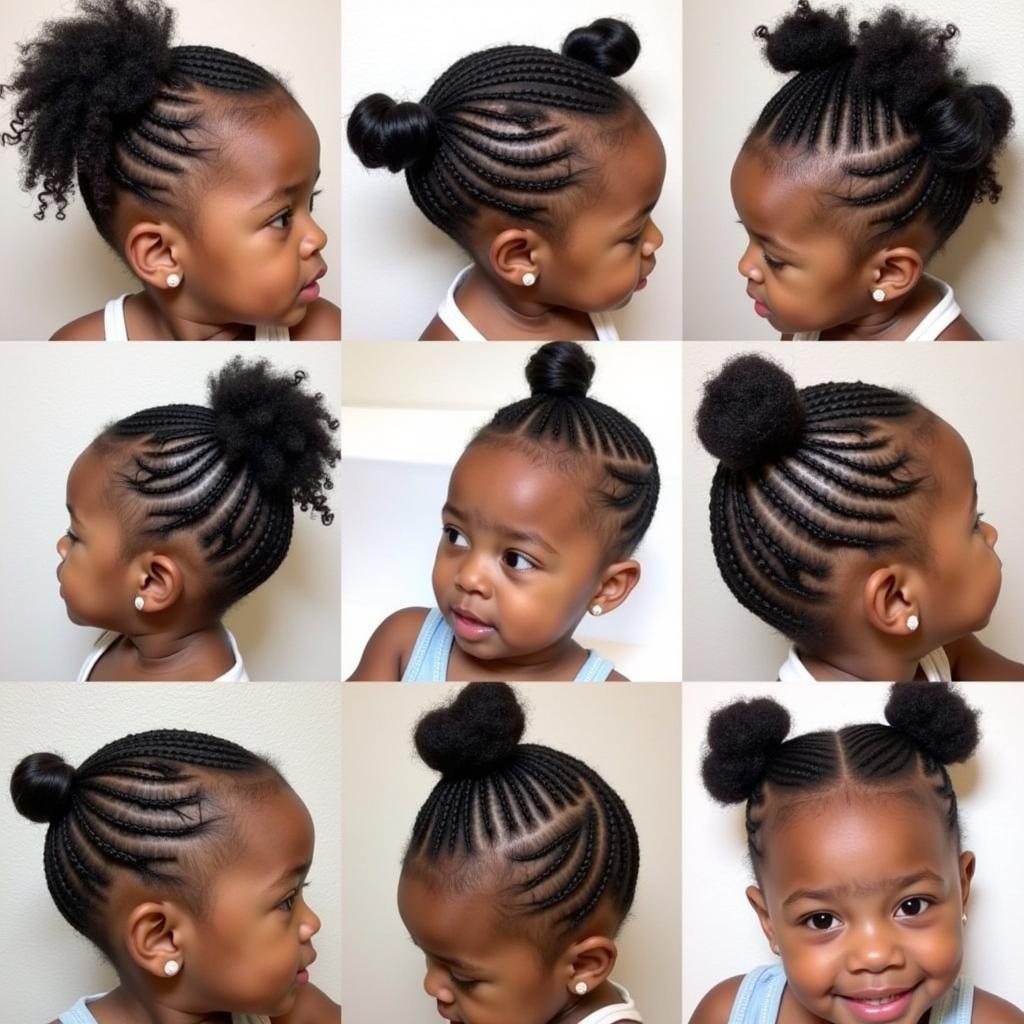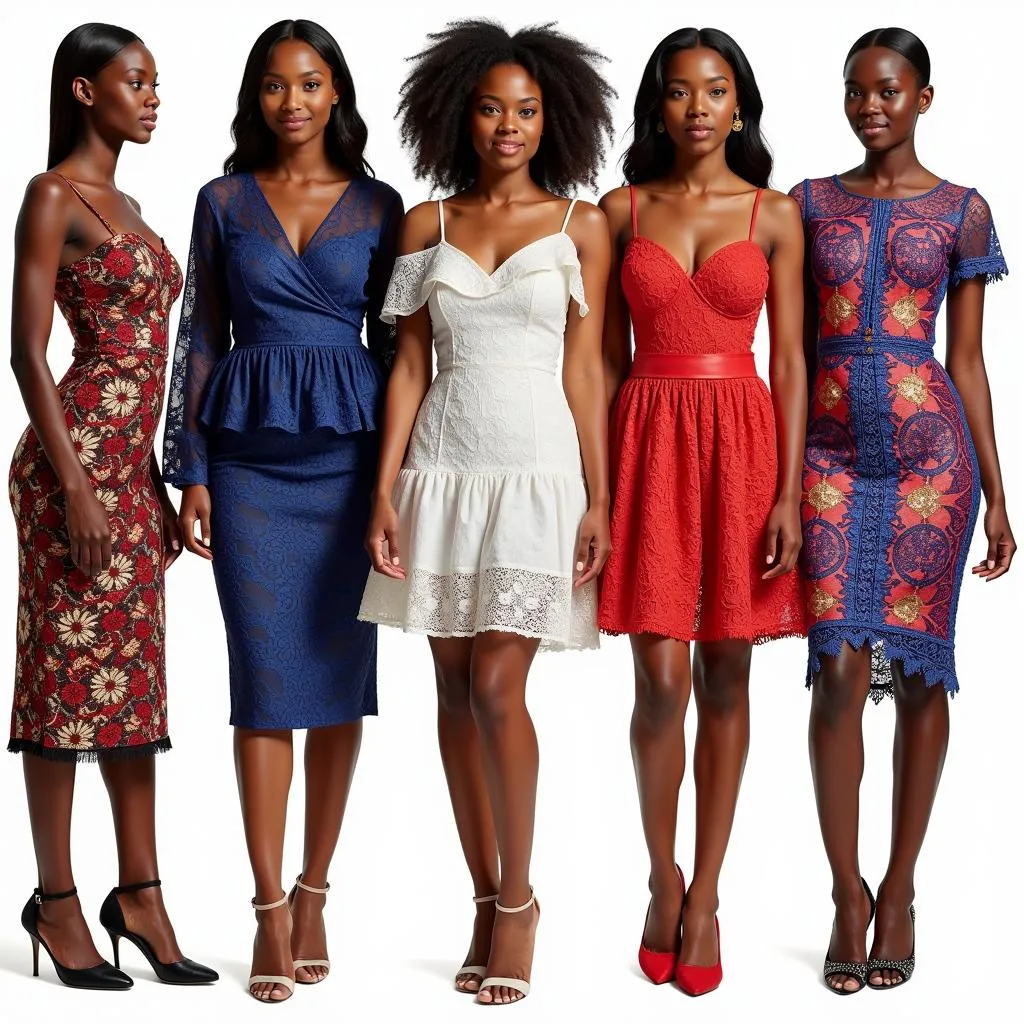A Comprehensive Presentation of African Costumes
African costumes are a vibrant tapestry woven with threads of history, culture, and tradition. They represent more than just clothing; they are powerful symbols of identity, status, and heritage, reflecting the diverse and rich tapestry of the African continent. From the intricate beadwork of the Maasai to the colorful kente cloth of Ghana, African costumes offer a fascinating glimpse into the continent’s diverse cultures. This presentation will delve into the significance, diversity, and artistry of African costumes, exploring their historical context and contemporary interpretations. See some amazing African bambatta costume.
The Significance of African Costumes
African clothing traditions are deeply rooted in the continent’s history and environment. Materials like barkcloth, animal hides, and woven fabrics were readily available and adapted to create garments suitable for various climates and lifestyles. These costumes play a crucial role in various ceremonies, festivals, and rituals, often symbolizing social status, age, and marital status. The colors, patterns, and embellishments used in these costumes often hold specific meanings and tell compelling stories about the wearer’s background and beliefs.
Beyond their practical and symbolic functions, African costumes are works of art. Intricate beadwork, embroidery, and textile designs showcase the incredible skill and creativity of African artisans. These garments are not merely items of clothing; they are expressions of cultural pride and artistic heritage.
Regional Variations in African Costumes
The vastness of Africa and the multitude of ethnic groups contribute to an incredible diversity in costume styles. North African costumes, influenced by Islamic traditions, often feature flowing robes and head coverings. West Africa is renowned for its vibrant textiles, such as kente cloth and bogolanfini mud cloth. East African costumes often incorporate beadwork and animal hides, while Southern African garments frequently showcase intricate geometric patterns. These regional variations reflect the unique history, climate, and cultural influences of each area.
For example, the vibrant African bambatta costume represents a distinct style, while images of African people images can showcase a wide range of clothing traditions.
African Costumes in the Modern World
While traditional African costumes remain an integral part of cultural ceremonies and celebrations, they have also inspired contemporary fashion designers across the globe. African prints, patterns, and textile techniques are increasingly incorporated into modern clothing, bringing a unique aesthetic to the international fashion scene. This global recognition helps to preserve and celebrate African artistry while also creating economic opportunities for artisans. Modern interpretations of traditional designs often blend historical elements with contemporary styles, creating innovative and fashionable garments.
African Costumes Presentation: A Deeper Dive
Presenting African costumes effectively involves understanding their cultural context and significance. Whether in a museum exhibit, educational setting, or fashion show, accurate representation and respectful presentation are crucial. Highlighting the artistry, history, and symbolism behind each costume can enhance appreciation for these cultural treasures. Including images of African dancing girls clipart can further illustrate the dynamic nature of these costumes.
Professor Abimbola Olufemi, a renowned anthropologist specializing in African cultural studies, notes, “African costumes are living artifacts. They embody the spirit of a people and tell stories that transcend generations.”
The Future of African Costumes
The future of African costumes lies in balancing preservation with evolution. Supporting traditional artisans, promoting cultural education, and encouraging innovative design are vital to ensuring that these vibrant traditions continue to thrive. By embracing both heritage and innovation, African costumes can continue to inspire and captivate audiences worldwide.
Dr. Khadija Mwangi, a textile historian and curator, adds, “African textiles and costume traditions hold immense potential for sustainable development, empowering communities and preserving cultural heritage for future generations.” You can also explore further the rich culture with resources like information on African dance of girls.
Conclusion
African costumes are a powerful testament to the continent’s rich cultural heritage. From their symbolic meanings to their artistic beauty, these garments offer a fascinating glimpse into the diverse traditions of Africa. By understanding and appreciating the history, artistry, and cultural significance of African costumes, we can contribute to their preservation and celebration for generations to come.
FAQ
- What are the common materials used in African costumes?
- How do African costumes differ across regions?
- What is the significance of beadwork in African costumes?
- How are African costumes being incorporated into modern fashion?
- Where can I learn more about African costume traditions?
- How can I support African artisans and their craft?
- Are there specific customs or etiquette associated with wearing certain African costumes?
Other questions and related articles
You may also be interested in exploring the symbolism of African masks, traditional African hairstyles, or the role of music in African ceremonies. Please check out our other articles on African art and culture for more information.
Call to action
For any further assistance or inquiries, please contact us at +255768904061 or email us at kaka.mag@gmail.com. You can also visit us at Mbarali DC Mawindi, Kangaga, Tanzania. Our customer support team is available 24/7.

